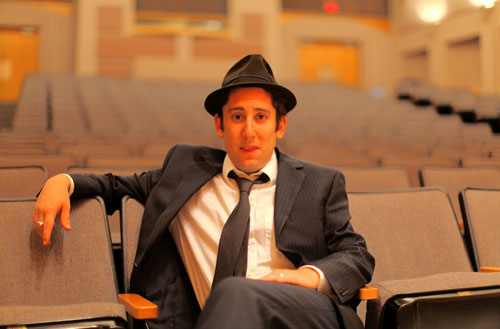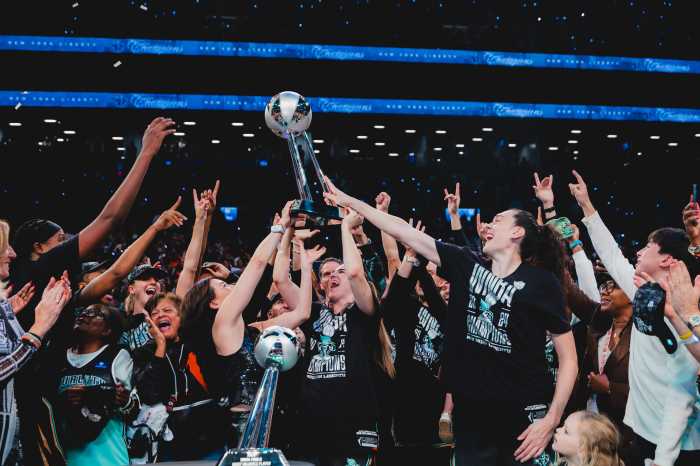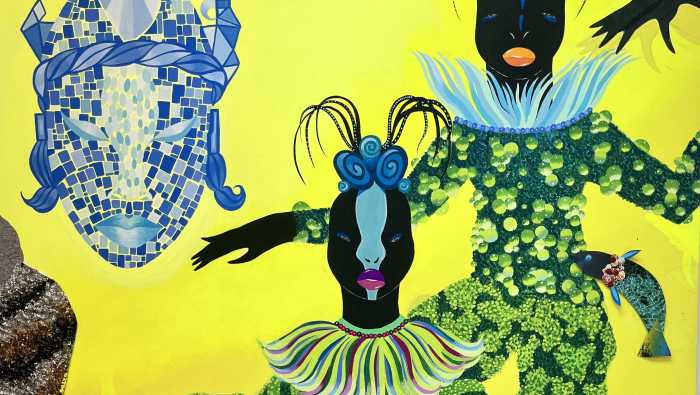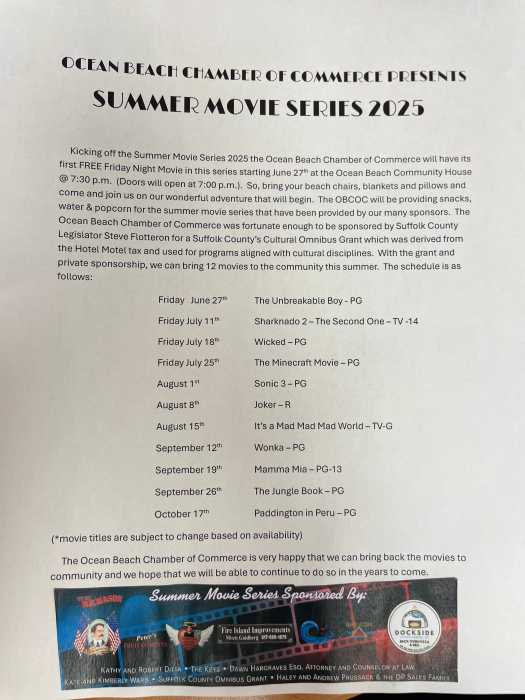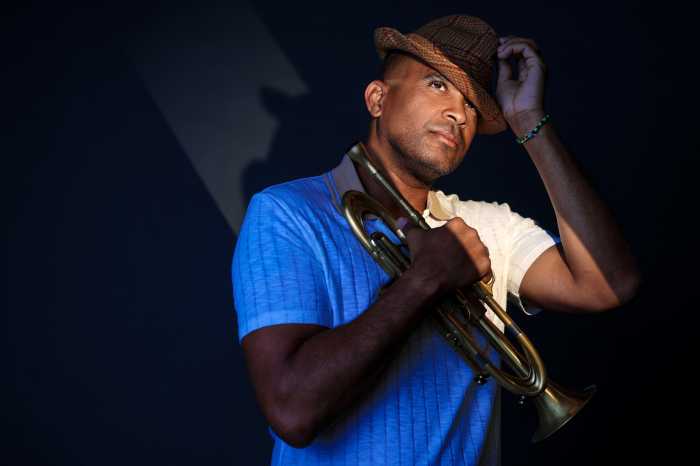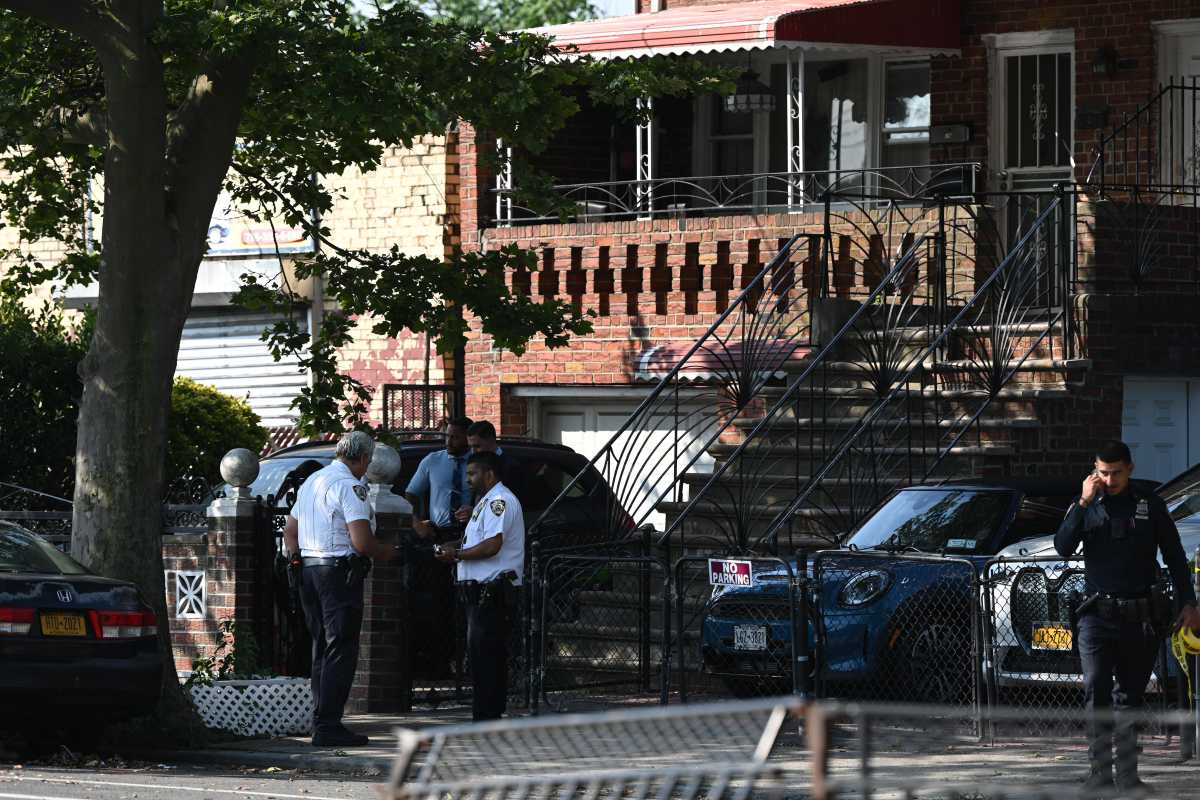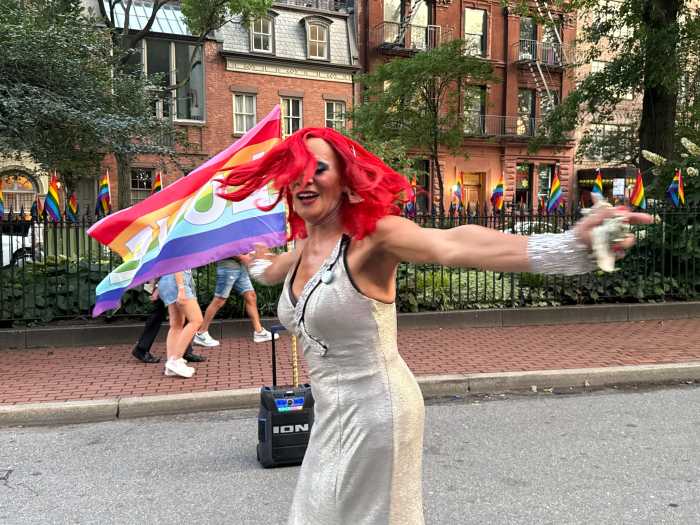Bucktown’s given birth to some imposing musical pairings over the years — Biggie Smalls and Puff Daddy, Mos Def and Talib Kweli, Smif-n-Wessun. But none can top the original, old-school brothers from East New York, George and Ira Gershwin — who are making their comeback in Bay Ridge this month thanks to one man.
That man is singer, pianist, and playwright Elliot Sneider, who has created a solo show in tribute to the Gershwins called “My Brother George.” As the title — and the fact that it’s a solo show — might suggest, only one Gershwin will appear on stage. Sneider decided it would be Ira, the one who penned the rhymes to George’s rhythms and tunes. Sneider said he picked the elder Gershwin — whose lyrics are widely sung, but whose talent is mostly unsung — because he could offer a different perspective on his shorter-lived, more-famous brother.
“Ira is a little bit more of a down-to-earth person. You can grasp Ira. George, he died so young, and he was this larger-than-life personality,” said Sneider. “I think he brings out the side of George he tried to hide, the more vulnerable side.”
Sneider’s rendition of the brothers’ story starts with Ira telling an anecdote from their youth. It then leaps ahead two decades to when George was changing the music world on Tin Pan Alley, while the two-year-older Ira was struggling — and failing — to finish college. Sneider plays the early Gershwin hits on the piano, and wraps up the first act with George’s great “Rhapsody in Blue.”
According to Sneider, that 1924 composition represented a turning point in the brothers’ relationship.
“Rhapsody in Blue forms the centerpiece of the show, but afterward George and Ira find that they need each other,” said Sneider.
The second act opens in the same year on the Gershwins’ first collaboration, “Lady Be Good,” and follows through the success of their 1935 masterpiece “Porgy and Bess.” It then builds toward George’s 1937 diagnosis and death with a brain tumor, with late pieces like “They Can’t Take Away Memories of You” and “Our Love is Here to Stay” foreshadowing the composer’s untimely end.
Sneider said he decided not to cover the rest of Ira’s life, which lasted till 1986 — partly because Ira’s productivity dropped off, partly because it seemed a natural place to end the story.
“I think the relationship between the two of them is more interesting, and the songs create a nice narrative arc,” Sneider said.
Though George was always the more prominent of the two, Sneider’s Ira isn’t a case study in bitterness or resentment.
“There’s a little bit of a chip on his shoulder, but he’s okay with it overall,” said Sneider. “Mostly, they’re just two guys who shuffled through life like the rest of us.”
“My Brother George” at Saint John’s Parish Hall (461 99th St., near the corner of Fort Hamilton Parkway, in Bay Ridge, www.brooklynONE.org). June 21, 8 pm. $25.


